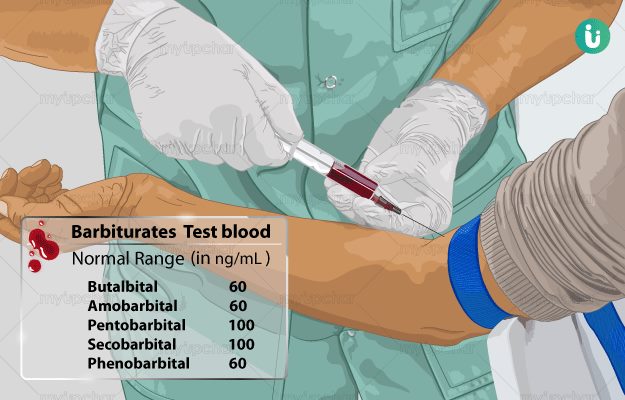What is Barbiturates (BAR) Blood test?
Barbiturates are a group of sedative medicines that were used to treat certain disorders of the nervous system such as insomnia and anxiety. The problem with barbiturates, however, is that they have several side effects and may lead to drug dependence. Thus, they have largely been replaced by another group of drugs called the benzodiazepines. Despite the risks, some of the barbiturates are still prescribed by doctors as an anaesthetic and for the management of recurrent fits, also known as epilepsy. They are also abused as a recreational drug.
BAR blood test is a screening test that is performed to check for the presence of barbiturates in the blood sample of a person. It is mainly done to look for drug abuse or drug toxicity.
































